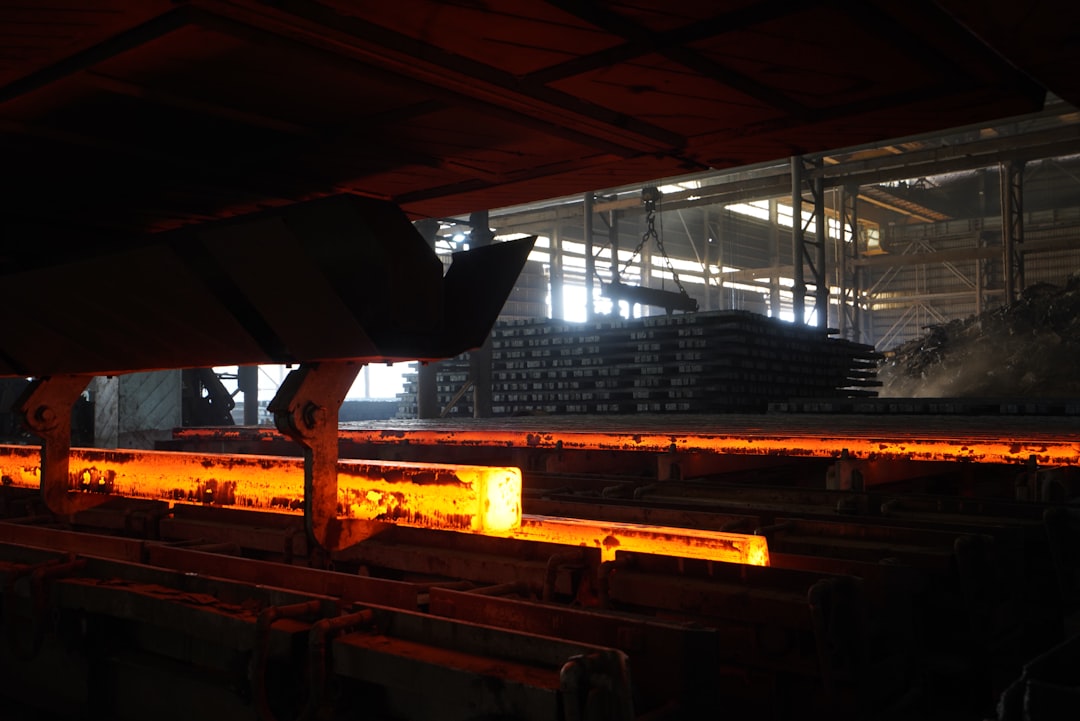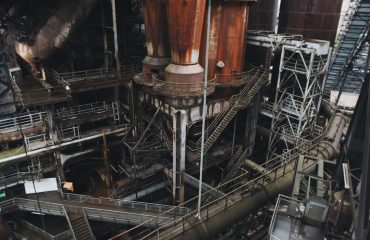Steel pipes are indispensable components in the construction and operation of modern ships. Their robust nature, versatility, and ability to withstand extreme conditions make them a cornerstone of naval architecture. This post delves into the multifaceted world of steel pipes in shipbuilding, exploring their various types, applications, and the crucial role they play in ensuring the safety and efficiency of vessels at sea.
Types of Steel Pipes Used in Shipbuilding
The shipbuilding industry utilizes a diverse range of steel pipes, each tailored to specific applications based on their properties and required performance characteristics. Common types include:
- Carbon Steel Pipes: These are the most prevalent, offering a balance of strength, weldability, and cost-effectiveness. They are suitable for various applications, from structural support to fluid conveyance.
- Alloy Steel Pipes: For applications demanding higher strength, corrosion resistance, or resistance to extreme temperatures, alloy steel pipes are employed. These often contain elements like chromium, molybdenum, or nickel to enhance their properties.
- Stainless Steel Pipes: Where corrosion resistance is paramount, particularly in saltwater environments, stainless steel pipes are crucial. Their superior durability justifies the higher cost in applications like seawater piping systems and ballast tanks.
- High-Yield Strength Steel Pipes: These pipes are designed for high-strength applications, such as those found in offshore platforms and large vessels, where weight reduction and structural integrity are critical.
The selection of the appropriate steel pipe type depends on factors such as pressure ratings, temperature fluctuations, the corrosive environment, and the specific structural requirements of the vessel.
Applications of Steel Pipes in Ship Construction
Steel pipes play a vital role throughout the shipbuilding process, finding applications in numerous critical systems:
- Piping Systems: This is arguably the most significant application. Steel pipes transport various fluids, including fuel, water, oil, chemicals, and gases, throughout the vessel. The intricate network of pipes requires careful design and material selection to ensure reliable operation and prevent leaks.
- Structural Support: Steel pipes contribute significantly to the overall structural integrity of the ship. They are used in frameworks, handrails, and other structural elements, providing strength and stability.
- Ballast Systems: Ballast tanks, responsible for maintaining the stability and trim of the vessel, often utilize steel pipes for filling and emptying operations. The pipes must withstand the pressure and corrosive nature of seawater.
- Fire Protection Systems: Steel pipes are integral to fire suppression and sprinkler systems, ensuring the safe and efficient delivery of water or fire-retardant chemicals in case of emergency.
- Hydraulic and Pneumatic Systems: Steel pipes are essential components in hydraulic and pneumatic systems used for various operations, from steering and cargo handling to engine control.
Manufacturing Processes and Quality Control
The manufacturing process of steel pipes for shipbuilding demands stringent quality control measures to guarantee their reliability and longevity. Common manufacturing methods include:
- Seamless Pipes: Produced by piercing a heated steel billet, these pipes offer superior strength and resistance to pressure compared to welded pipes.
- Welded Pipes: These are manufactured by welding together a steel strip or plate, often offering a more cost-effective solution for certain applications. Different welding techniques, such as electric resistance welding (ERW) or submerged arc welding (SAW), are employed.
Rigorous quality control is crucial at every stage of the process. This includes:
- Material Testing: Chemical composition and mechanical properties are rigorously tested to ensure compliance with relevant standards.
- Dimensional Inspection: Precise measurements are taken to verify pipe diameter, wall thickness, and straightness.
- Non-Destructive Testing (NDT): Techniques such as ultrasonic testing, radiographic testing, and magnetic particle inspection are used to detect internal flaws or imperfections.
- Hydrostatic Testing: Pipes are subjected to high internal pressure to verify their ability to withstand operational stresses.
Challenges and Future Trends in Steel Pipe Usage
Despite their widespread use, the shipbuilding industry faces certain challenges related to steel pipe usage:
- Corrosion: Saltwater environments pose a significant challenge. Advanced coatings, corrosion-resistant alloys, and cathodic protection systems are employed to mitigate corrosion.
- Weight Reduction: The weight of steel pipes can impact fuel efficiency. The use of high-strength steel alloys and optimized pipe designs contribute to weight reduction efforts.
- Environmental Concerns: Sustainable practices are increasingly important. Recycling steel pipes and utilizing eco-friendly coatings are gaining traction.
Future trends include:
- Increased use of advanced materials: High-strength, lightweight steels and composite materials are being explored to improve performance and reduce weight.
- Smart pipe technologies: Sensors and monitoring systems embedded in pipes can provide real-time data on pressure, temperature, and corrosion, enabling predictive maintenance and improving operational efficiency.
- Additive manufacturing: 3D printing of steel pipes could offer greater design flexibility and potentially reduce manufacturing costs in the future.
Choosing the Right Steel Pipes for Your Shipbuilding Project
Selecting the appropriate steel pipes for a shipbuilding project requires careful consideration of various factors. Close collaboration between ship designers, engineers, and pipe suppliers is vital to ensure the chosen pipes meet the specific requirements of the vessel and its operating environment. Factors to consider include:
- Project specifications: Detailed drawings and specifications outlining the required pipe dimensions, material grades, and pressure ratings.
- Environmental conditions: The corrosive nature of the operational environment and the need for corrosion protection measures.
- Safety regulations: Compliance with relevant international standards and regulations for shipbuilding and marine operations.
- Cost-effectiveness: Balancing the cost of different pipe materials and manufacturing processes with the long-term operational costs and lifespan.
- Supplier reliability: Selecting a reputable supplier with a proven track record of providing high-quality steel pipes and adhering to strict quality control procedures.
By understanding the diverse types, applications, and challenges associated with steel pipes in shipbuilding, the industry can continue to innovate and build safer, more efficient, and environmentally responsible vessels for the future.




